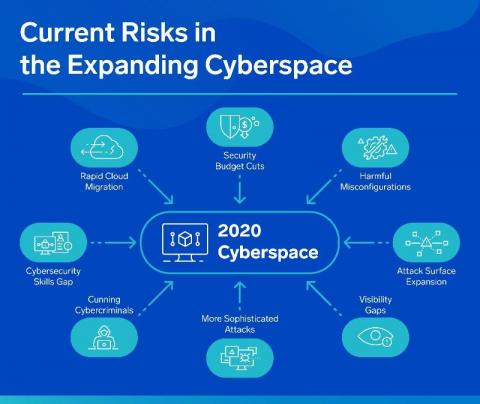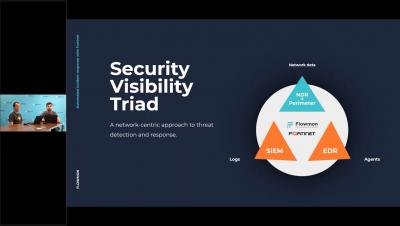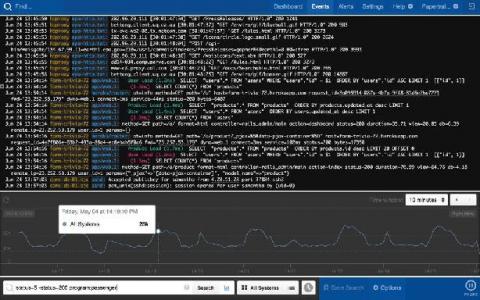What is SIEM?
SIEM (Security Information and Event Management) is a kind of software whose purpose is to provide organizations and corporations with useful information. “About what?” you may wonder. Well, about potential security threats related to your business networks. SIEM does this through data collation and by prioritizing all kinds of dangers or threats. In general, we already answered the question “what is SIEM?”, but how does it do it?











